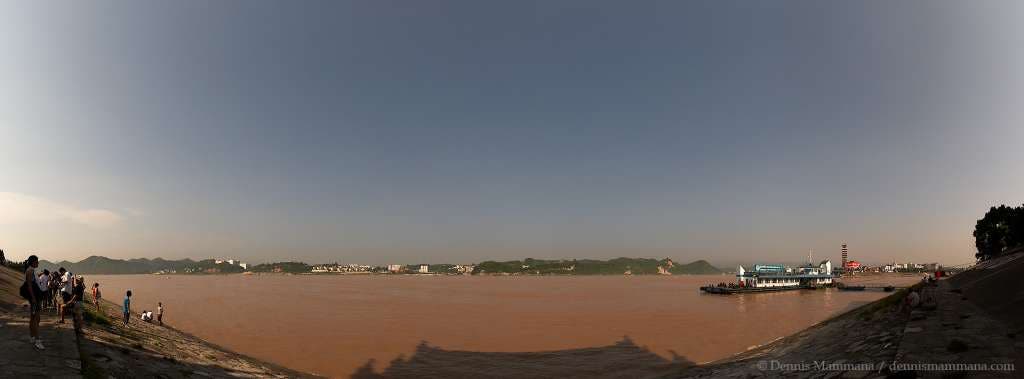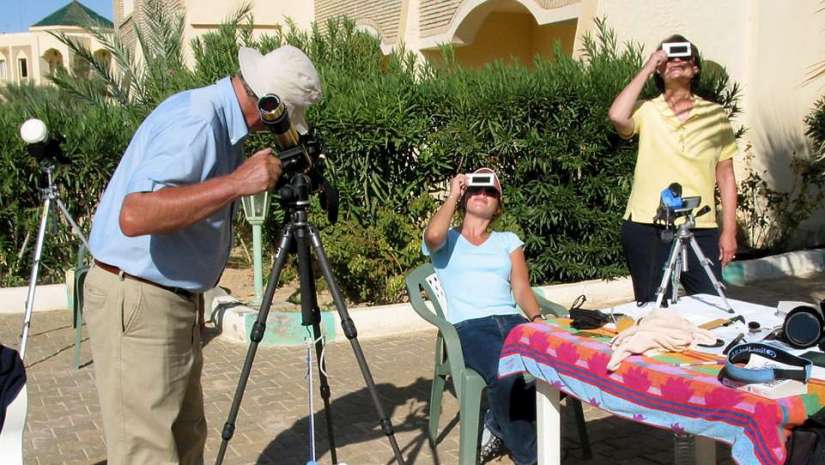On August 21, we in North America will experience our first total solar eclipse in 38 years, and it’s an event you’ll definitely not want to miss.

A solar eclipse occurs when the moon slips in front of the sun and blocks its light from view either partially or totally.
Partial Eclipse: A partial solar eclipse can occur every six months or so, and can be seen over a wide area that happens to be in sunlight at the time. Here the moon’s silhouette appears to take increasingly larger “bites” out of the sun’s disk, until it reaches its maximum, and then begins to retreat once again. These are interesting to watch, but only during “deep” partial eclipses do we see daylight dim at all.

Total eclipse: A total solar eclipse, on the other hand, is much less common, since the sun, Earth and moon must line up exactly. This occurs every one and a half or two years, and can be seen only by those along a narrow swath of land onto which the moon’s shadow is cast. Most of the time these rare events occur in far-flung places, and eclipse chasers travel around the world to stand in the shadow of the moon for just a few minutes

Location, location, location: What you see, however, will depend on your location. Sky watchers in most of North America will see varying degrees of a partial eclipse—interesting to watch, but nothing terribly dramatic. Only those along a narrow strip of land from Oregon to South Carolina (the centerline) will experience the grand event itself: totality.
You can use this interactive map to find eclipse times and other details for your location. These times are given in Coordinated Universal Time (UT or UTC) so you will need to convert them to your local times.
If you plan to travel to the eclipse centerline—and I highly recommend it—you must make plans as soon as possible. Tens of millions of people from around the world will converge on these areas, so you can expect that lodging and rental cars will be in short supply, and local traffic may be heavy.
Eye safety: Wherever you view the eclipse, eye safety must be your biggest concern. Even when partially eclipsed, the sun appears hundreds of thousands of times brighter than the full moon, and looking at it unfiltered—even for an instant—can cause permanent eye damage or blindness. Never view the sun with the naked eye, sunglasses, neutral density glass, double thickness of darkened film, smoked glass or other homemade filters. There are safe ways, however.
Indirectly viewing the partial eclipse: One indirect way to view the partial phases safely is to create a pinhole projector. Punch a tiny hole in a piece of aluminum foil and use that to project an image of the sun onto a shaded sheet of paper a few inches away. The projected image will be tiny, but perfectly safe to view. Build this inside of long box and you’ll have a great way to view the partial phases safely.
Directly viewing the partial eclipse: One can certainly view the partial phases of the eclipse directly, but only with a proper solar filter. For a bit different view, you might even try some enlarging solar glasses.

Now, if you’d prefer more magnification, you might consider using binoculars with permanently mounted solar filters. And if you prefer to mount your binoculars on a tripod you might consider an even higher-magnification version.
For a more closeup view, a small solar telescope could just be the ticket. All of these, of course—with permanently mounted solar filters—can also be used long after the eclipse to check out the sun for constantly changing sunspots.
Experiencing totality: If you’ll be along the centerline where totality will occur, you’ll need filters during the partial phases, but you must remove all filters during totality or you’ll see nothing.
During the late partial phases, the landscape and sky will begin to take on a dark and foreboding appearance. Shortly before totality, the sky in the west will darken significantly as the moon’s shadow moves rapidly toward you.

A truly alien world: Within seconds the sky and landscape will begin to darken as if Mother Nature was turning a dimmer. Colors around the horizon will begin to appear, as will some of the brighter stars and planets.
Then, just as the last bit of sunlight is ready to vanish behind the moon you must remove your solar filters, because the spectacular “diamond ring” is about to occur.

Within only seconds, this brilliant diamond ring is transformed into the darkened sun surrounded by the pearly-white corona.

Totality!: For the next two-plus minutes, all of nature will react to this remarkable event—the wind, clouds, temperature, light—even animals and plants will respond. And in the sky appears a hole where the sun used to shine.

Two minutes will pass in what seems like only seconds. Another diamond ring occurs as the moon begins revealing the sun’s face again, and you’ll need to replace the solar filters to protect your eyesight. The partial eclipse now reverses itself, but you’ll most likely be much too excited to care, for you will have experienced the greatest celestial event of all: totality!

Don’t miss it! Wherever you will be, enjoy the August 21 sky show—safely! The next total solar eclipse over North America won’t come until 2024, so be sure not to miss this one!





